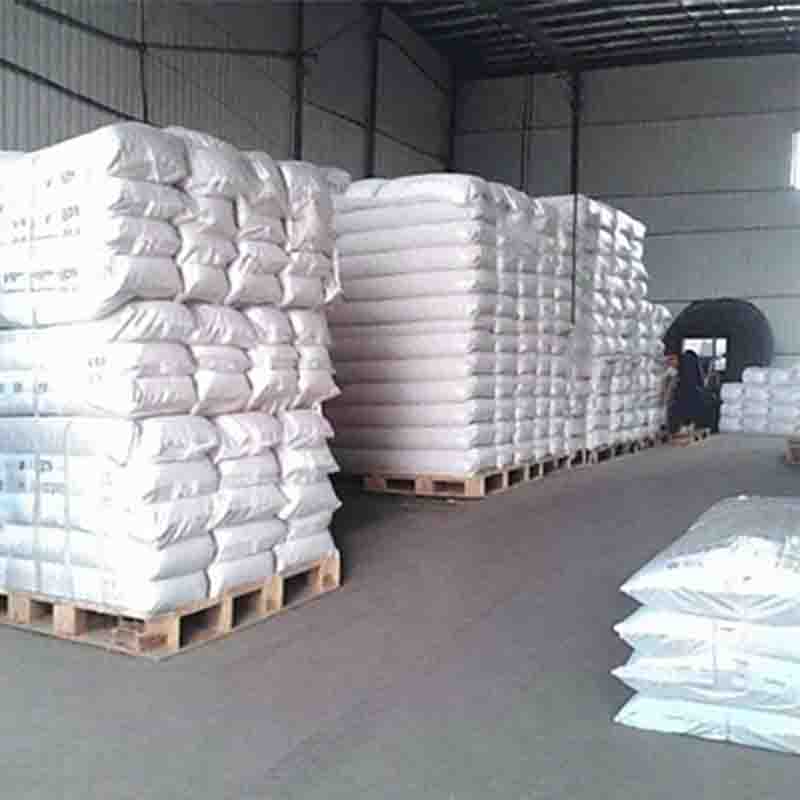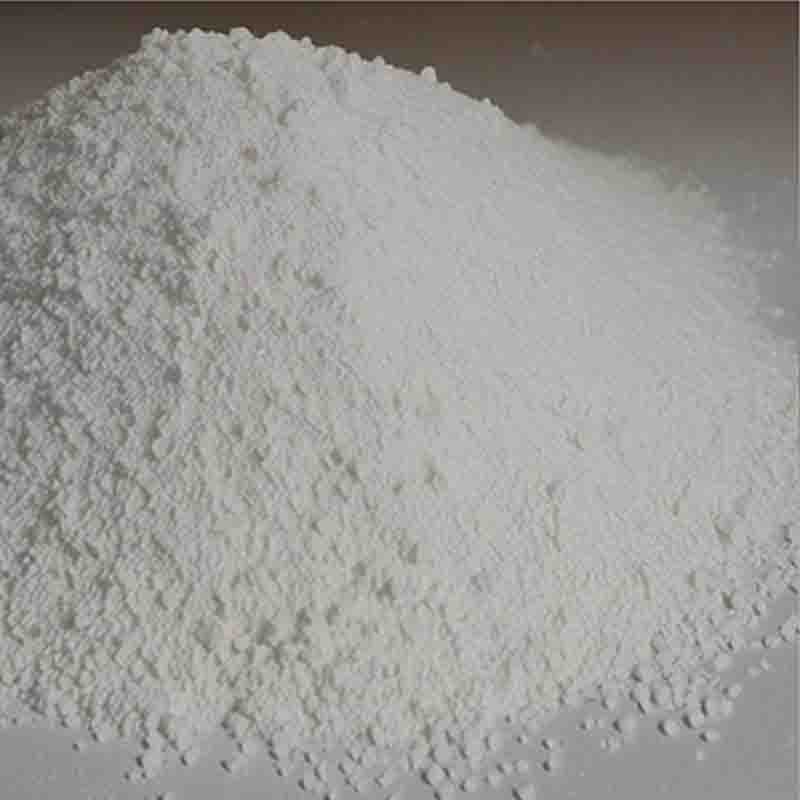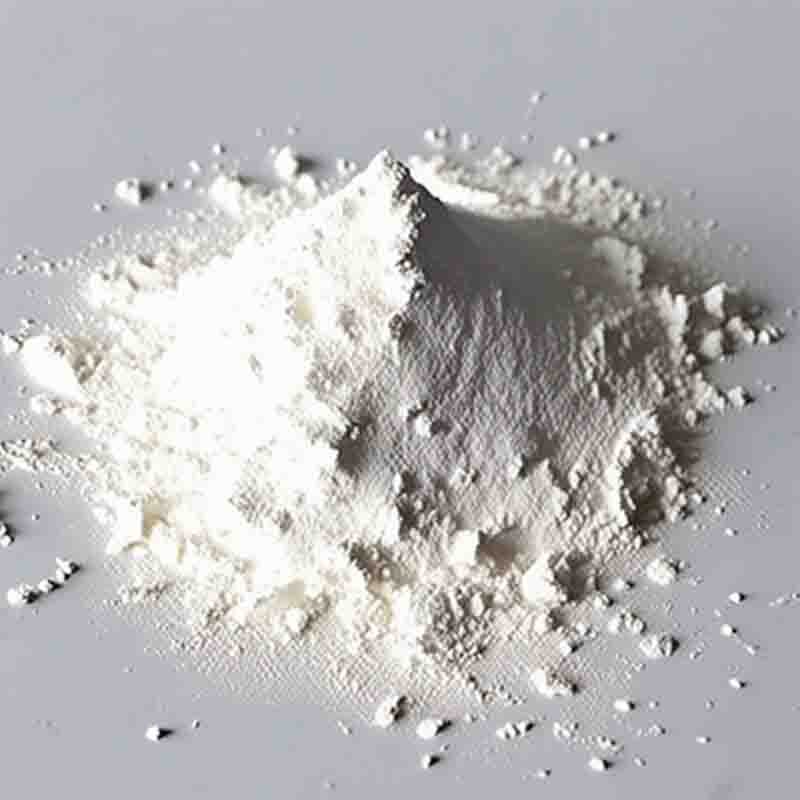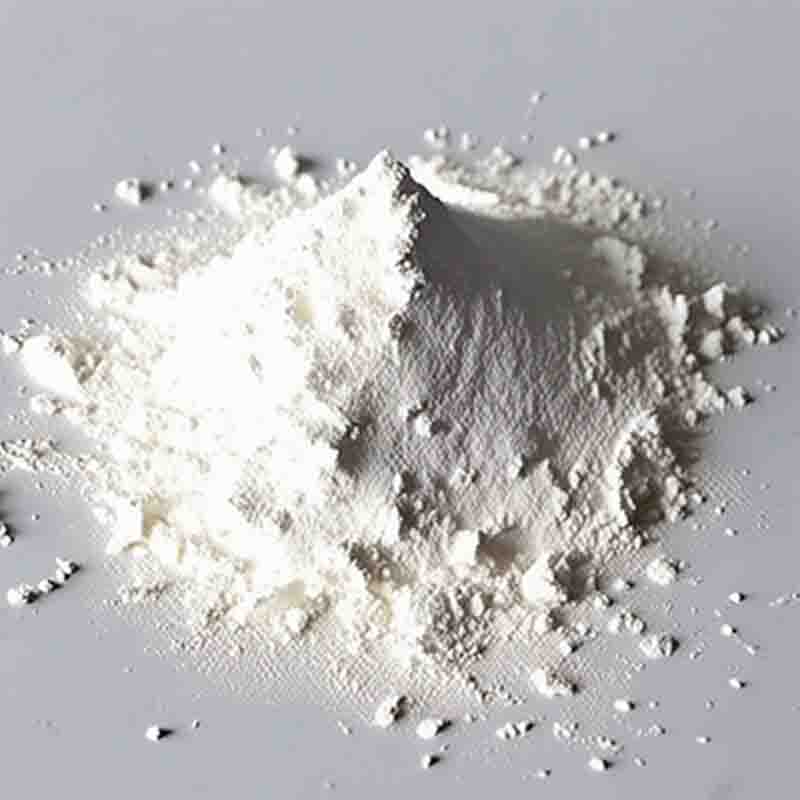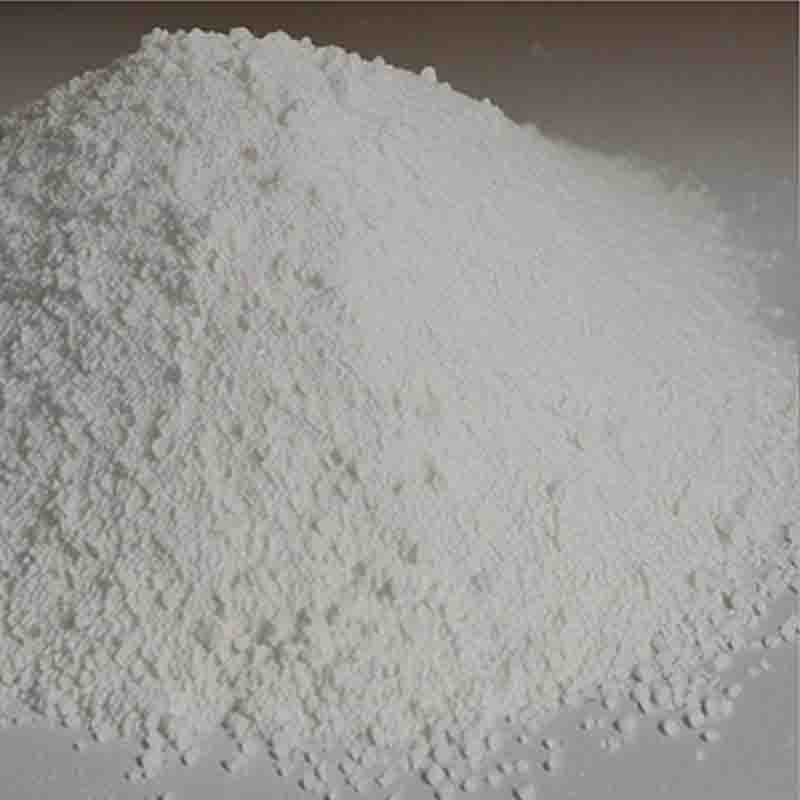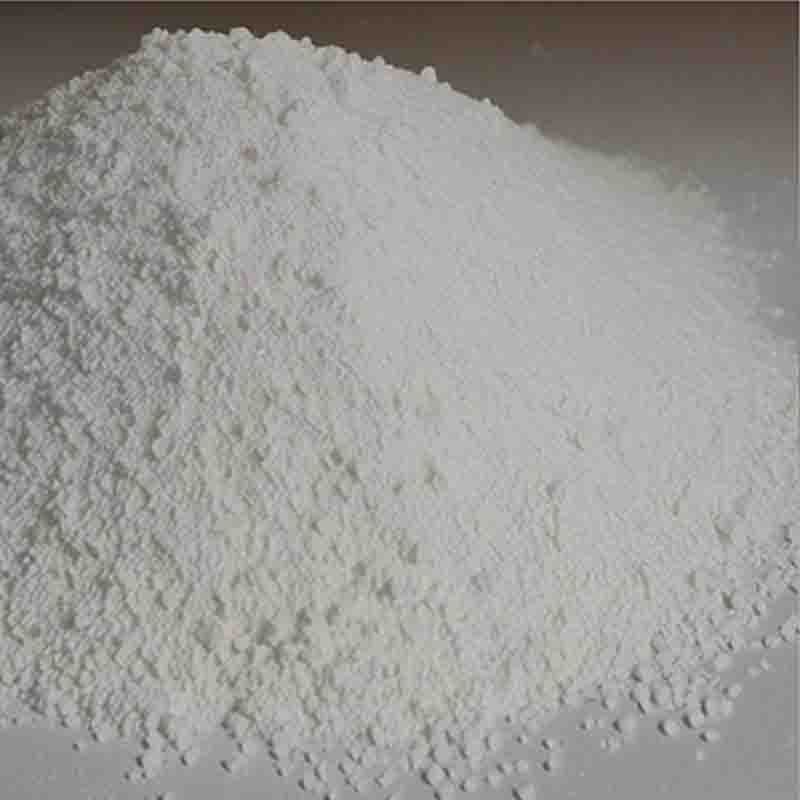2,6-Dibromonaphthalene CAS:13720-06-4
| Catalog Number | XD94769 |
| Product Name | 2,6-Dibromonaphthalene |
| CAS | 13720-06-4 |
| Molecular Formula | C10H6Br2 |
| Molecular Weight | 285.96 |
| Storage Details | Ambient |
Product Specification
| Appearance | White powder |
| Assay | 99% min |
2,6-Dibromonaphthalene is an organic compound that possesses several significant effects and applications. Here, we will discuss its effects in terms of its chemical and biological properties.Chemically, the presence of the dibromo groups in 2,6-Dibromonaphthalene imparts it with unique reactivity. The bromine atoms can undergo various substitution reactions, making this compound useful in synthetic chemistry. For example, it can serve as a starting material for the synthesis of other organic compounds and functional materials. Additionally, the presence of the bromine atoms can facilitate coupling reactions, enabling the formation of complex molecules with desired properties.Biologically, 2,6-Dibromonaphthalene has been assessed for its potential biological activities. One notable effect is its antimicrobial activity. Studies have shown that this compound exhibits inhibitory effects against several bacteria and fungi. This antimicrobial property makes it a promising candidate for the development of new antimicrobial agents or additives in various products, such as disinfectants, preservatives, and medical devices.Furthermore, research has indicated that 2,6-Dibromonaphthalene may possess anti-inflammatory effects. Inflammation is a crucial physiological response involved in various diseases and conditions. This compound has been found to inhibit the production of inflammatory mediators in cellular models. Such anti-inflammatory activity suggests its potential application in the development of drugs or therapies for inflammatory disorders.Moreover, 2,6-Dibromonaphthalene has been examined for its impact on the environment. It is considered a potentially hazardous substance due to its persistence and potential toxicity. Studies have shown that this compound can have adverse effects on aquatic organisms, highlighting the importance of handling and disposing of it properly to avoid environmental contamination.In summary, 2,6-Dibromonaphthalene exhibits various effects and applications. Chemically, it provides reactivity for synthetic chemistry and can be used as a building block for the synthesis of more complex molecules. Biologically, it displays antimicrobial and potential anti-inflammatory properties, suggesting its usefulness in the development of new drugs or additives. However, its potential environmental toxicity mandates careful handling and disposal. Further research and exploration are necessary to fully understand and harness the effects of 2,6-Dibromonaphthalene in different fields, including chemistry, medicine, and environmental science.



